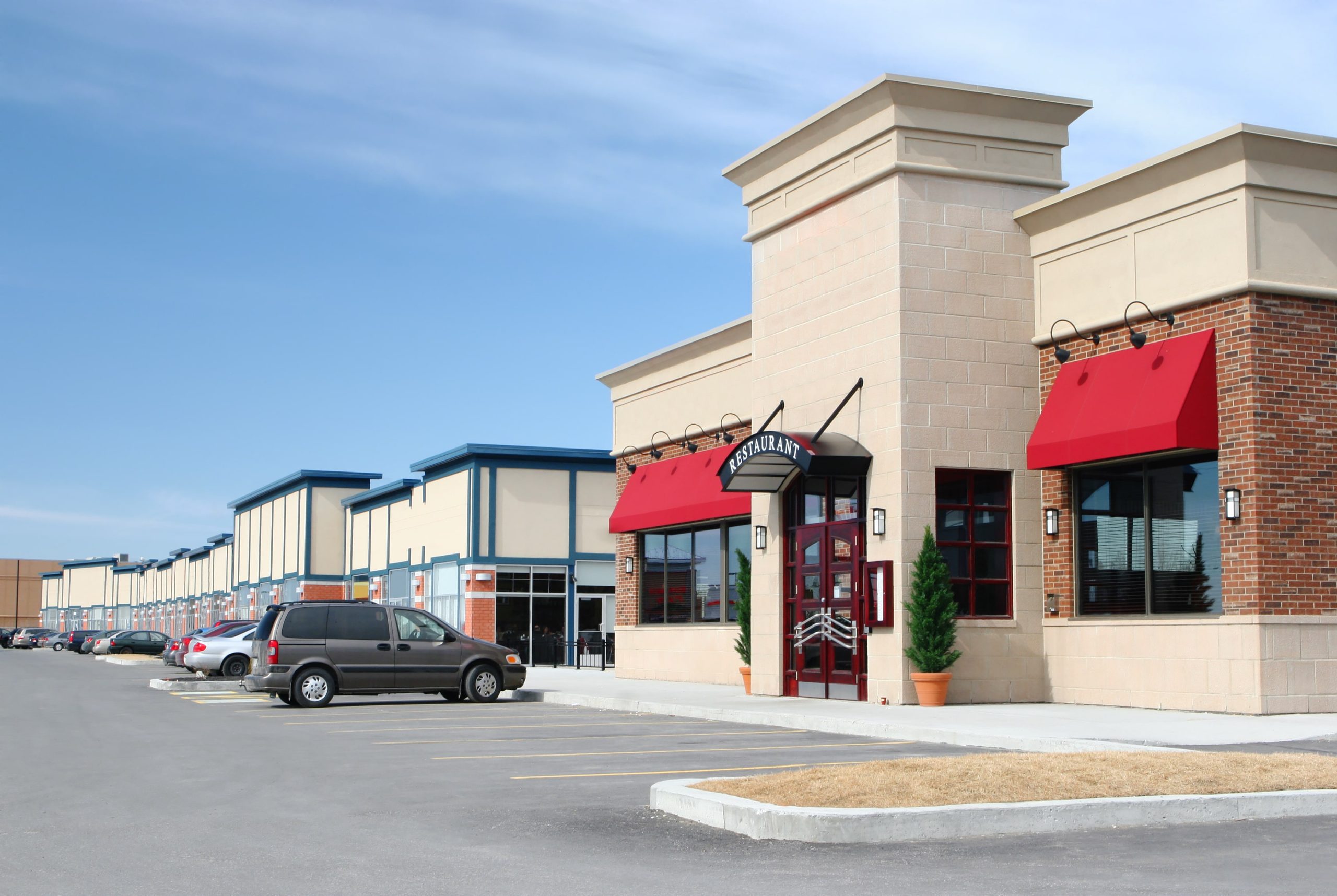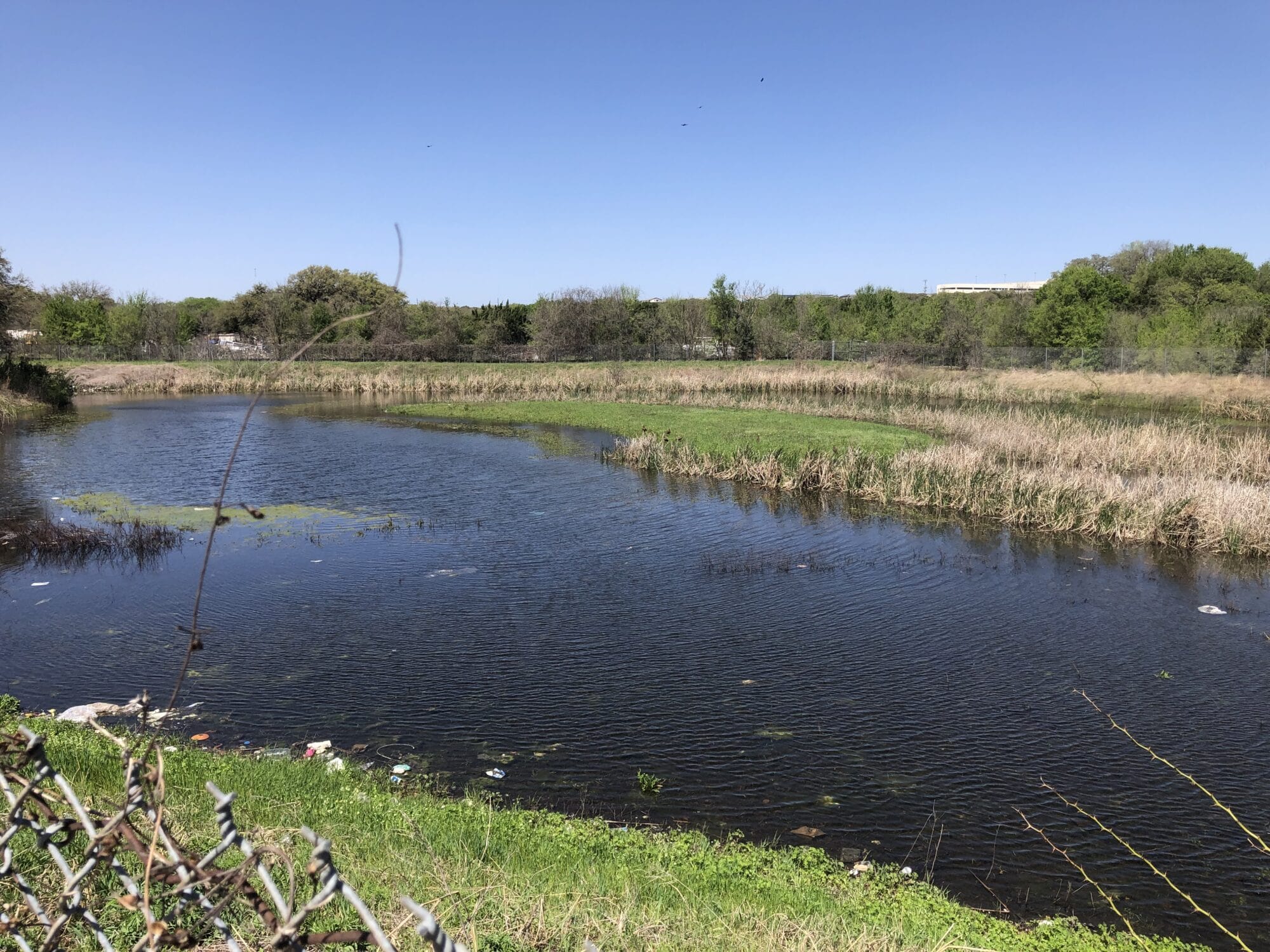Somerset County, New Jersey
Project Challenges
TRC was retained to complete spill characterization sampling for a petroleum discharge that occurred on a paved driveway and parking lot. Evidence of the spill was observed near potential vertical migration pathways (i.e., cracks in the pavement and areas of deteriorated asphalt) and near storm-water catch basins that discharged to nearby wetlands. Historic Fill Material (HFM) and a potential diffuse anthropogenic source (i.e., surface water runoff from a nearby roadway) identified during initial investigation typically contain the same potential contaminants as the discharged petroleum.

Our Solution
The initial investigation of this environmental area of concern (AOC) confirmed that the emergency measures were successful in preventing the petroleum product from impacting soil underlying the pavement or adjacent wetlands; however analytical results indicated that HFM was present at the site. This was verified through a review of historical facility grading design plans.
The HFM contained elevated levels of metals and semi-volatile organic compounds (SVOCs). Potential impacts to ground water and the adjacent wetland area and stream were evaluated; impact to ground water was ruled out for the immobile chemicals found in the historic fill without collection of ground water samples, and elevated levels of historic fill-related compounds detected in the wetland soil and stream sediment were attributed to diffuse anthropogenic sources (i.e., storm-water outfall from the nearby roadway).
The impacted area of fill was evaluated using the New Jersey Department of Environmental Protection’s (NJDEP’s) spatially weighted average calculation method to determine attainment of the soil remediation standards. Use of compliance averaging reduced the area requiring an engineering control by more than half and cut the construction costs accordingly. Following cap construction, a TRC Licensed Site Remediation Professional (LSRP) filed a Deed Notice, submitted the Remedial Action Report with a Remedial Action Permit application for soil, and issued an AOC-specific Response Action Outcome (RAO) for both the petroleum discharge and the HFM.
The Outcome
TRC completed the investigation and remediation of these AOC within three years of the initial discharge under the NJDEP’s LSRP program. The characterization of multiple exposure pathways and remedial planning process incorporated innovative methods that allowed the client to transfer property ownership without delays caused by outstanding environmental liabilities. TRC’s site remediation and property transaction support experience resulted in a favorable outcome for the client.
- Client
- Project Location: Somerset County, New Jersey
Related Projects
Discover the success we’ve had with helping our clients execute major projects and make a meaningful impact on their local communities.








